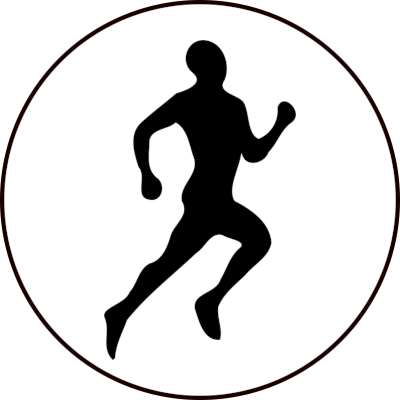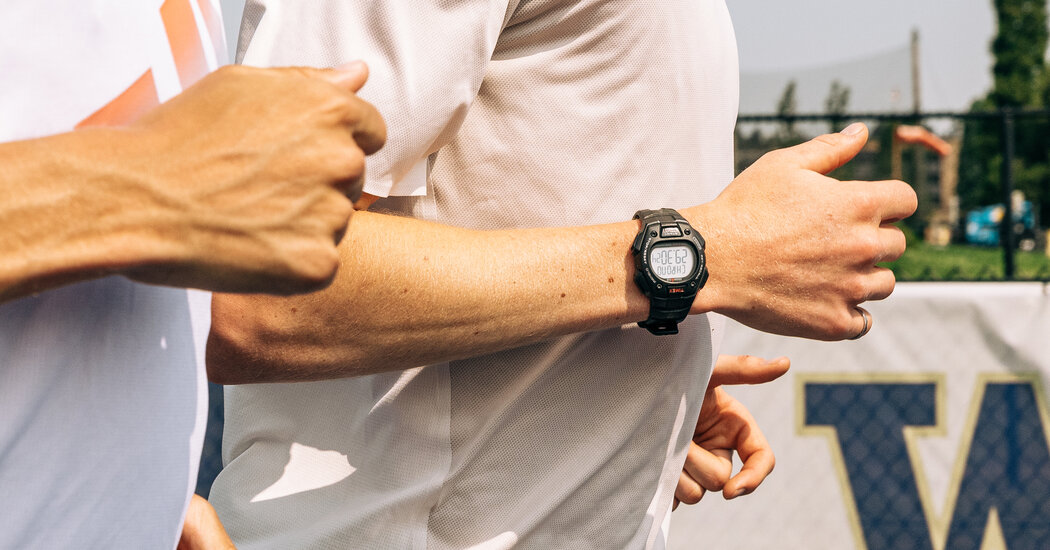"[Heather MacLean, an Olympic 1,500-meter runner] realized her watch was draining the fun from her runs. It was especially apparent to her during a low-key stretch when she was simply trying to build fitness.
I hated that every run I went on, I felt like I had to check my pace and my distance and whatever else,” she said. “So I just decided that I was going to lay off it for a while and switch to a regular watch.”
She never went back. MacLean, 28, who now wears an Armitron Dragonfly that she said she picked up for $10 at Walmart, acknowledged that there were certain workouts when a GPS watch would come in handy, like when she did a tempo run by herself. (Tempo runs are faster than easy jogs, and frequently run at a prescribed pace.) But Mark Coogan, her coach, has long prioritized effort over pace, and MacLean logs her training in minutes rather than in miles.
“I know I’m at the elite level now, so not everything is going to be joyful,” MacLean said. “But when there are things that bring me a lot of joy, I’m going to invest in them. And one of those things is the ability to avoid focusing on my pace during my runs.”
Without the pressure of feeling as if she needs to account for every mile — or, perish the thought, post her workouts for public inspection on Strava, the exercise-tracking platform — MacLean has also gotten better about listening to her body. She has no qualms about bailing on an extra workout if she is feeling beat.
“And I’ll tell Mark that I’m going for a walk instead,” MacLean said. “And he’s like, ‘OK!’”



Yes, people can work on it, if they want to put effort in on that. Some times all they have energy for is the interval they are in. Some people can resist temptation, some people are addicted. We aren’t all given the same ability.